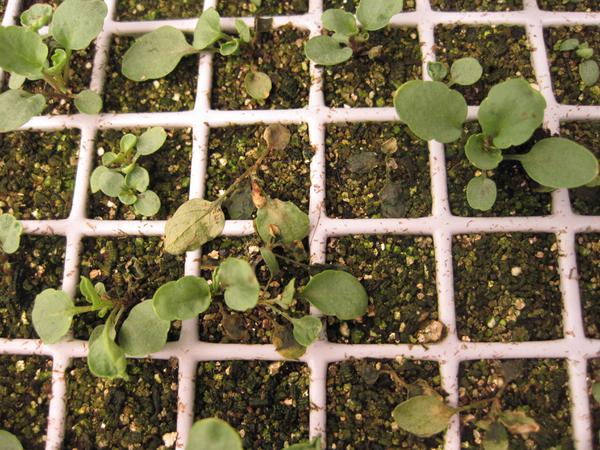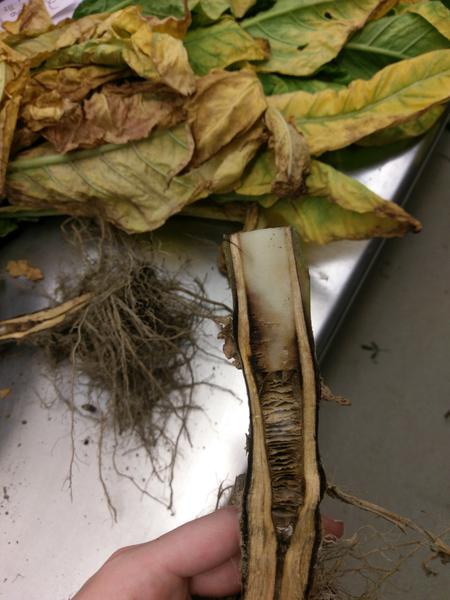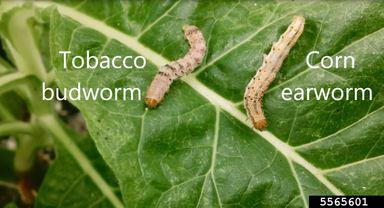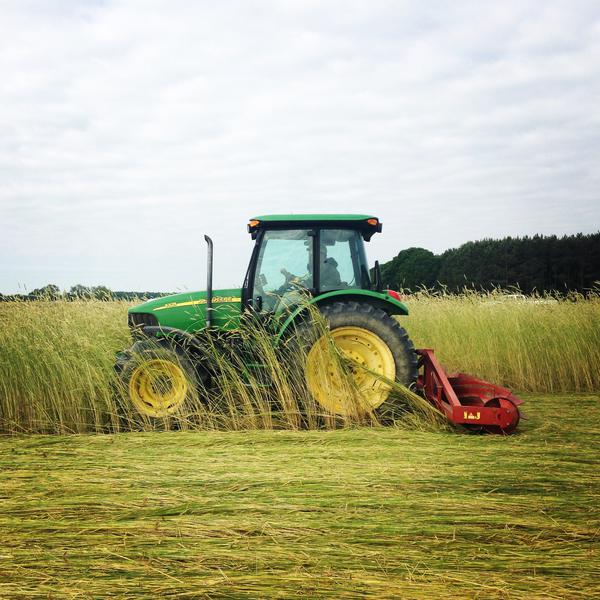
Winter Pea for Grain Production in North Carolina: Research Summary
Introduction North Carolina ranks number two in U.S. poultry, egg, turkey, and hog production; but ranks eighteenth in U.S. grain …


El inglés es el idioma de control de esta página. En la medida en que haya algún conflicto entre la traducción al inglés y la traducción, el inglés prevalece.
Al hacer clic en el enlace de traducción se activa un servicio de traducción gratuito para convertir la página al español. Al igual que con cualquier traducción por Internet, la conversión no es sensible al contexto y puede que no traduzca el texto en su significado original. NC State Extension no garantiza la exactitud del texto traducido. Por favor, tenga en cuenta que algunas aplicaciones y/o servicios pueden no funcionar como se espera cuando se traducen.
Inglês é o idioma de controle desta página. Na medida que haja algum conflito entre o texto original em Inglês e a tradução, o Inglês prevalece.
Ao clicar no link de tradução, um serviço gratuito de tradução será ativado para converter a página para o Português. Como em qualquer tradução pela internet, a conversão não é sensivel ao contexto e pode não ocorrer a tradução para o significado orginal. O serviço de Extensão da Carolina do Norte (NC State Extension) não garante a exatidão do texto traduzido. Por favor, observe que algumas funções ou serviços podem não funcionar como esperado após a tradução.
English is the controlling language of this page. To the extent there is any conflict between the English text and the translation, English controls.
Clicking on the translation link activates a free translation service to convert the page to Spanish. As with any Internet translation, the conversion is not context-sensitive and may not translate the text to its original meaning. NC State Extension does not guarantee the accuracy of the translated text. Please note that some applications and/or services may not function as expected when translated.
Collapse ▲
Introduction North Carolina ranks number two in U.S. poultry, egg, turkey, and hog production; but ranks eighteenth in U.S. grain …

by Rachel Vann and Chris Reberg-Horton Are you interested in diversifying your organic rotation by adding winter canola? AgStrong, a …

Organic Cotton Research in North Carolina: Cover crop mulches for cotton production, weed control, and where we are headed …

Tobacco blue mold was confirmed (July 11, 2017) in commercial tobacco in Caswell County, North Carolina by the Plant …

Here are a few things to think about when trying to differentiate between calcium deficiency and dicamba drift symptoms. Characteristics …

Tobacco Research Update: Manganese Deficiency of Tobacco In this tobacco research update, we highlight the symptoms of manganese deficiency. These images …

Tobacco Research Update: Copper Deficiency of Tobacco In this tobacco research update, we highlight the symptoms of copper deficiency. These images …

June 27th- A large portion of the current tobacco crop is quickly approaching first contact application. Some of the crop …

The 2017 NC State University Tobacco Tour will be held from July 24th-26th. Please register for each event at the …

Organic Grain, Peanut, and Tobacco Field Day July 21, 2017 Upper Coastal Research Station (2811 Nobles Mill Pond Road) Rocky Mount, NC This …
Gap Connections, in conjunction with allied industry, the North Carolina Department of Agriculture & Consumer Services, and North Carolina …
Gary Cross, Ag Agent in Granville and Person counties has reported seeing sugarcane aphid on one of its hosts, …

May 12th, 2017 With the massive rainstorm of April 24th/25th well behind us, many growers have shifted their focus from …
Wheat crops that are flowering now in northern NC may be at significant risk of scab, especially if the variety …

April 5th, 2017- It’s the first week of April and that means that some producers in central and lower Coastal …

Tobacco budworms (Heliothis veriscens) and corn earworms (Helicoverpa zea) are two common crop-damaging caterpillars. They both feed on a …
This is the first North Carolina scab risk commentary for the 2017 scab monitoring season. In most of NC, …

Below is a link to information regarding cold injury and boron deficiency on tobacco seedlings. With the warmer day …

March 8th, 2017 With the continuance of abnormally warm weather, winter annual weeds are out in full force. It is …

Graduate student Pete Nelson has been busy studying the biology of spined stilt bugs in tobacco in order to …

This factsheet offers information on damping off in flower and vegetable seedlings, a result of …
This publication has been prepared to acquaint growers, packers, and shippers with the most current …

Black shank is an economically important disease of tobacco that threatens production in North Carolina. …

This guide presents basic facts about seeds, including how they develop, how to store and …

This factsheet discusses the biology, damage, and management of the corn earworm and tobacco budworm …

This publication discusses the use of cereal rye as a cover crop in soybeans in …

This factsheet discusses the effect on soybean fields after a hurricane and how to proceed …
This publication describes the symptoms of a lightning strike in soybeans in North Carolina.